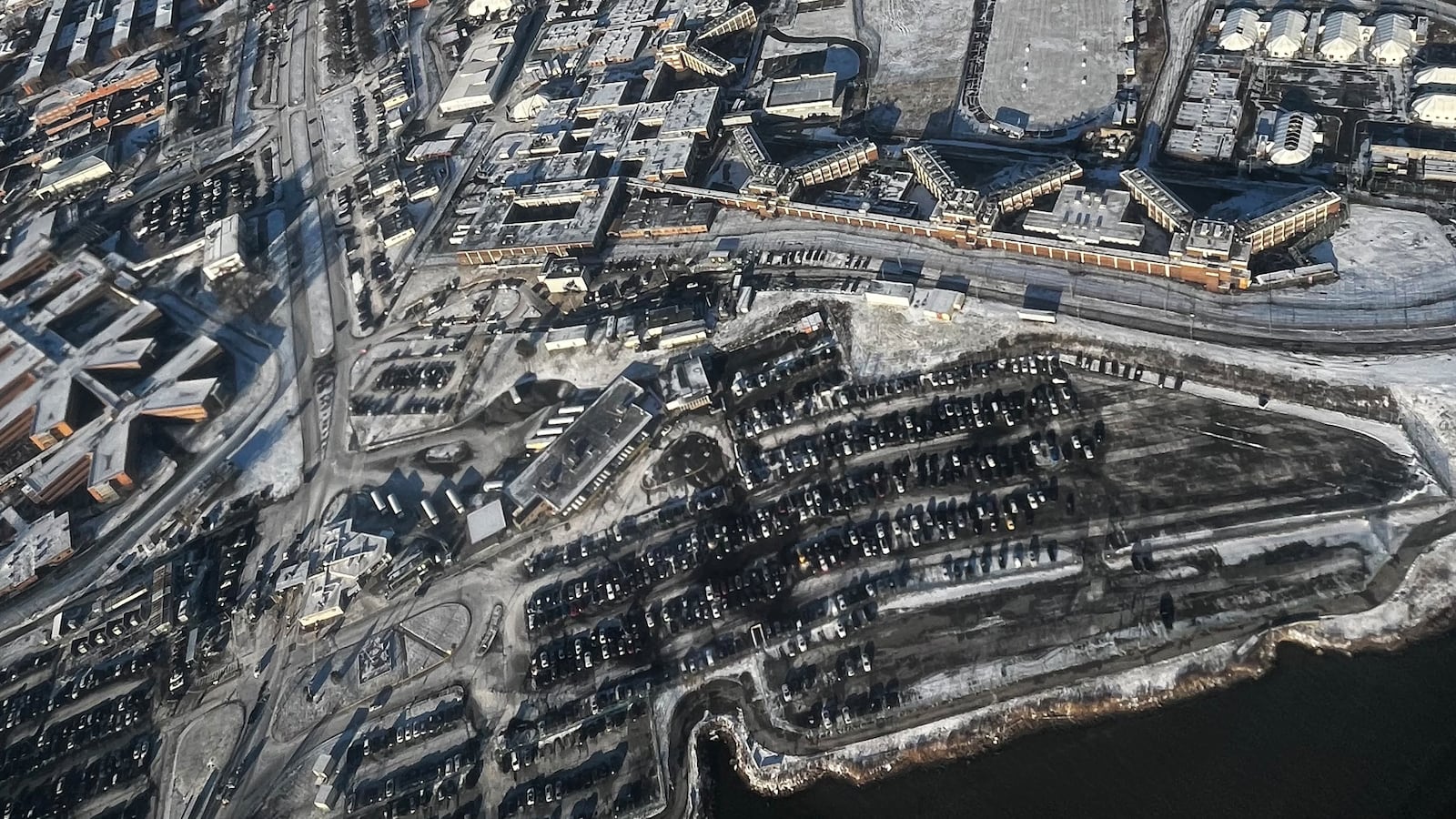For the tens of thousands of New York students who graduated from high school in June, the beginning of the school year also marks the end of their required education. Many of them are pursuing advanced two- and four-year degrees at colleges and universities, while others have enrolled in vocational training programs or are entering the workforce.
In some ways, the opportunities for these teenagers seem endless. But as the former superintendent of New York City’s District 79 — the city’s alternative schools district, which includes Rikers Island jail complex — I can assure you that this is certainly not the case for everyone.
My introduction to justice-impacted students came over 30 years ago when I became assistant principal of Island Academy (now called East River Academy), a school located on Rikers Island. During my first year on the job, I met a young student with the deck stacked against her. She had a learning disability, a substance use disorder, no permanent home in the city, and she was pregnant.
As I encountered more young people like her, I remember thinking to myself: “These are the most ‘egregious’ kids in New York City? They’re no different than my own sons.” Yet, there was one critical difference: Our city’s traditional education system and supportive services had failed them.
I spent 34 years in District 79, which includes early childhood education, career and technical education, adult education, and transfer high schools. I started as the special education assistant principal on Rikers and retired in 2022 as an executive superintendent. My students had every reason to give up. But they were determined to make the most of the education they were offered, and our dedicated faculty were committed to helping them do that.
Back when I worked at Island Academy, from 1988 to 1998, my students ranged in age from 16 and 17 to their early twenties. But today, thanks to the passage of the state’s Raise the Age law, those teenagers are no longer held on Rikers Island and other adult jails across New York. Now, 16- and 17-year-olds who are detained pretrial are held in juvenile detention centers, subject to rules guided by principles of youth development rather than confinement.
While Raise the Age was a momentous achievement that closed a shameful chapter in our state’s history, it’s not enough. As someone with decades of experience working with young adults, I know how critical the support they receive in their late teens and early twenties is to their future success. And when they’ve been dealt a difficult hand, it’s on our leaders in government to prioritize rehabilitation, not criminalization.
A proposed bill, the Youth Justice and Opportunities Act, would extend age-based protections to those ages 19 to 25 who are arrested in New York. By expanding access to diversion, record-sealing, and alternatives to incarceration, the legislation would help move young people out of the criminal legal system and into mental health and substance abuse treatment, intensive case management, educational interventions, and mentorship.
These young adults, whose brains are still developing until their mid-twenties, deserve the chance to learn and grow from their mistakes and move forward in their lives without the burden of an adult criminal conviction. This is especially true for the tens of thousands of youth, most of them Black and brown, who are arrested across the state each year and face adult prosecution, with no age-based protections.
It’s time that we acknowledge that young people don’t stop needing help, or being deserving of patience, forgiveness, and an education the moment that they turn 18. In fact, some of my most memorable experiences as an educator involved my older students. Unlike their 16- and 17-year-old peers, who were required to receive an education while on Rikers, they took it upon themselves to show up — and it was our job to give them a reason to show up.
We built relationships with CUNY so that city colleges would come to Rikers to recruit students to attend college upon release. We also had connections to career and technical schools in our own district, so that those who wanted to pursue vocational training could transfer directly. One former student traveled every single day from Far Rockaway to 96th Street in Manhattan to pursue a career in vision care technology.
The teachers, social workers, and guidance counselors at East River Academy work incredibly hard to meet their justice-impacted students where they are and to help them get to where they want to go. But these young people should not need to be detained to finally receive the support that they need and deserve — especially when there are countless community-based organizations throughout New York State that are ready to support these young adults.
At Rikers, we witnessed students gracefully turn their lives around. I’ll never forget one mother at our GED ceremony who told me, with tears in her eyes, “Six months ago my son went to jail. Now he’s going to college.”
When District 79 was founded in 1983, it was the first Alternative Schools District in the country. New York has long been ahead of the game, ensuring quality education and focusing on solutions — not simply punishing court-involved youth. The Youth Justice & Opportunities Act is another chance for New York to be a national leader in youth justice. Mistakes made at an early age do not define a young person’s life.
Tim Lisante is a former executive superintendent of New York City public schools.


